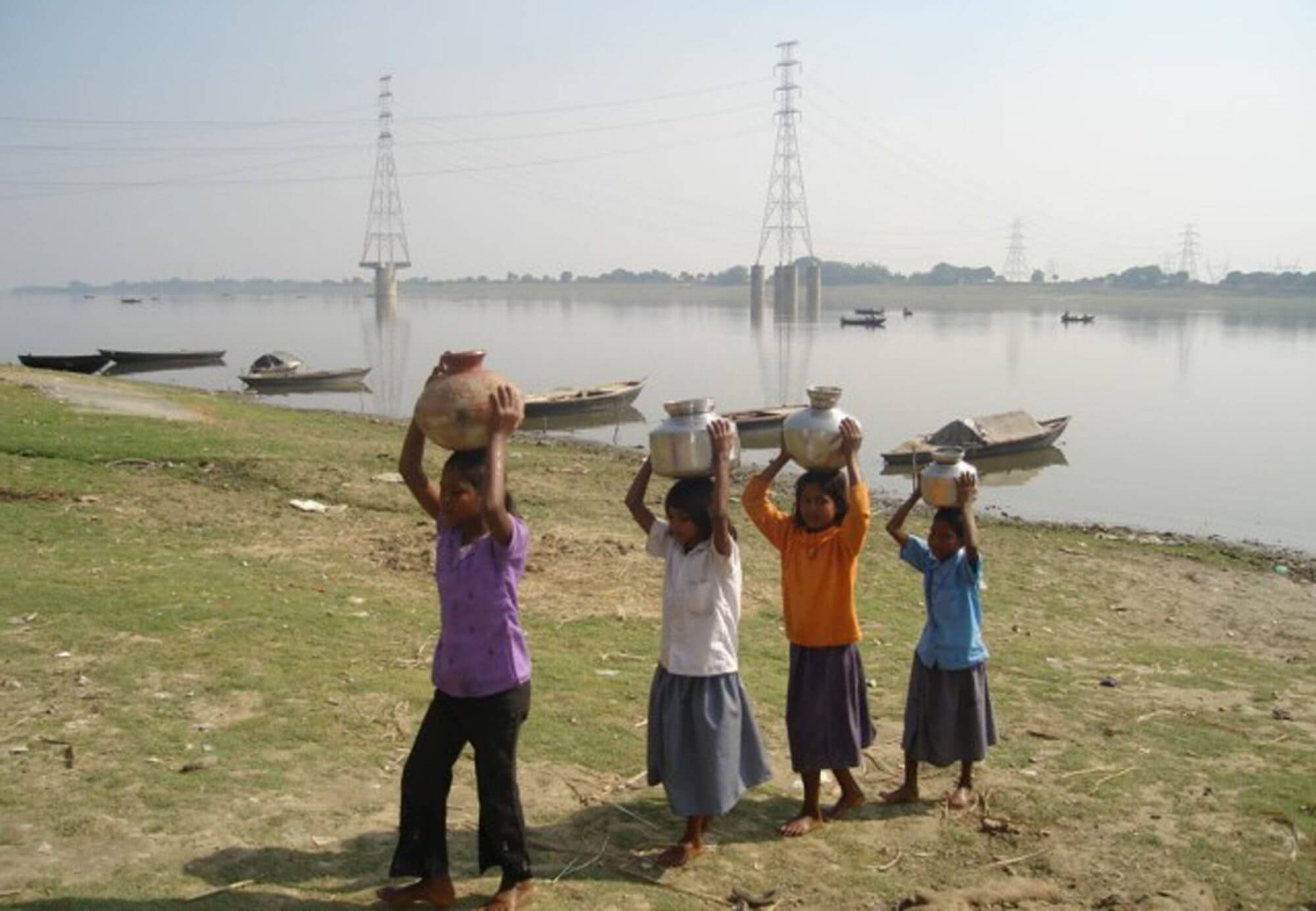Water… at what cost?
There is no denying that the natural calming effect of being around water is profound. The combination of the sound of water, the visual rhythmic rippling or cascading motions and the shimmering reflections which are cast on the surrounding plant life is for me nature’s very own lullaby.
As I walk along the shoreline of my local beach, I often find myself wondering whether water has this relaxing effect on us is because it is the pivotal point in so many of our fondest childhood memories? It evokes a strong sense of nostalgia which takes us back to those carefree times.
Comparisons
Summer is now upon us in the UK, and as I sat in the garden watching the fish swimming gracefully in the pond and the birds drinking from the bird bath, my musings on the emotional and psychological benefits of water turned to the necessity of fresh, clean drinking water for hydration, especially in the warmer months. Water constitutes three quarters of the human body and is essential for our survival.
These musings were borne from the fact that, on closer inspection, the pond was far from holding clean drinking water. A thick layer of algae had formed due to the hot weather and sunshine, and organic debris had built up at the bottom of the pond. Ideal for the pond-life but not for human consumption.
And yet, throughout rural villages in Asia, this sort of rancid water is often all there is to drink causing disease such as cholera, diarrhoea, typhoid and leptospirosis which is a bacterial infection from water that is tainted by animal urine.
“I have seen people get water from dirty rivers which always have dead bodies of animals. These people are always affected by different diseases and they are not getting enough medication.”
Gender specific task
Accessing clean water at neighbouring village pumps is a big challenge in rural India. Securing even the minimum amount of water for their everyday needs is a daily struggle for a large section of rural India. Water collection, especially in India, is a woman’s job, irrespective of her physique—and there’s no respite, even when she’s pregnant, menstruating, ill, or has something else to do. The women in the household must walk to fetch it, sometimes travelling miles there and back carrying buckets or plastic or earthenware pots, possibly with a child or two in tow, to the nearest safe source. They carry heavy loads of water (about 20 litres), often on their heads, which causes severe damage to the neck and spine over time.
In the scorching summer months of April and May, when temperatures regularly exceed 40 degrees, it is a particularly gruelling daily ritual. When they return home, they must complete their other household chores such as cooking, washing and bringing up the children. There is no time for them to earn a living in order to make a better life for their families. This is the reality of millions of women in India.
“According to the World Health Organization (WHO) guidelines, drinking water that lies more than 30 minutes away is considered inaccessible. ”
The lack of a regular water supply forces people to store water. Such storage units often turn into breeding grounds for mosquitoes, which spread diseases such as dengue and malaria.
Missed schooling
Many children, often as young as ten, are being denied an education purely because they have to help carry out the burden of fetching water rather than going to school. Their lives follow the same course as their mothers. Destined to remain uneducated and in poverty.
So, what can be done?
Saving lives
The Vision for Asia Water Pumps Project aims to help communities by giving them access through water pumps to clean, uncontaminated water in their village setting.
This access to clean water gives schoolgirls the freedom to learn, and women the time to go to work to earn a much needed income for their families.
A water pump costs between £500-£800 depending on the area in India it is to be installed.
Are you able to help?
One off or regular donations towards a water pump would help enormously in saving lives. Visit the Water Pumps Project page to make a find out more and make a donation.
Or perhaps you could organise a fundraising activity in order to raise the necessary funds for a water pump.
Should you require any further information then please contact us directly by visiting the contact page, or email info@visionforasia.org
“Thank you!”







